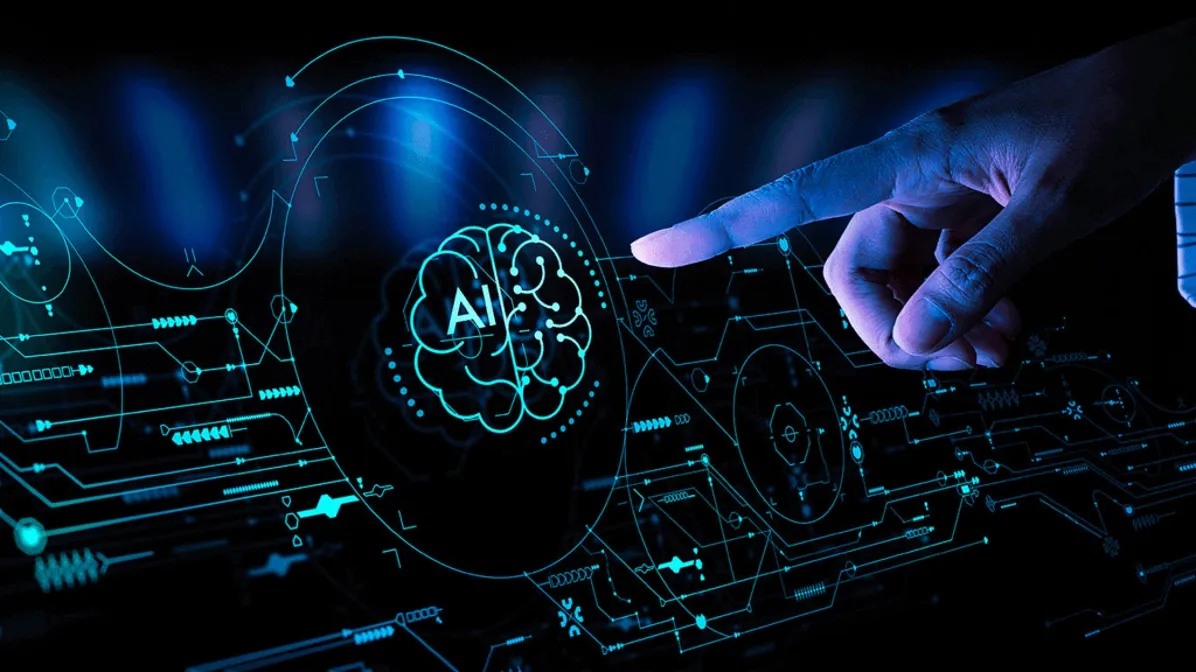February 25, 2025
Fortifying Digital Frontiers: The Crucial Role of AI in Cybersecurity for Defense and Law Enforcement

In the digital age, the battleground has expanded beyond physical domains, encompassing cyberspace where threats are invisible yet potent. Defense and law enforcement agencies are harnessing the power of artificial intelligence (AI) to safeguard critical digital assets from cyber threats. AI is emerging as a formidable ally in the fight against cyberattacks, employing advanced techniques such as anomaly detection and predictive analytics. This article delves into the role of AI in cybersecurity for defense and law enforcement, highlighting its applications, advantages, and the transformative impact it has on digital defense strategies.
The Unseen Battlefield: Cybersecurity Challenges
As defense and law enforcement agencies embrace digitization, they become susceptible to cyber threats:
- Sophisticated Attacks: Cyberattacks have evolved to be complex and multi-faceted, requiring equally sophisticated defenses.
- Scale and Velocity: The sheer volume of data and attacks demands rapid and intelligent responses.
- Stealthy Intrusions: Intruders often disguise their actions, making it challenging to detect breaches in real time.
The Prowess of AI in Cybersecurity
AI offers a multidimensional approach to cybersecurity, combining data analysis, machine learning, and predictive modeling to identify and counter cyber threats:
- Anomaly Detection: AI algorithms learn normal patterns of network behavior and identify anomalies that could indicate a breach or attack.
- Predictive Analytics: AI predicts potential threats by analyzing historical data, aiding proactive defense strategies.
- Automated Responses: AI can automate responses to known threats, minimizing the time required to neutralize attacks.
Applications in Defense and Law Enforcement
The applications of AI in cybersecurity for defense and law enforcement are wide-ranging:
- Threat Detection: AI-powered systems can identify unusual patterns in network traffic, flagging potential threats.
- Incident Response: AI automates the response to cyber incidents, mitigating damage and reducing downtime.
- Fraud Prevention: AI analyzes transaction data to detect fraudulent activities and unauthorized access.
- Predictive Analysis: AI forecasts future cyber threats, allowing agencies to fortify defenses in advance.
Advantages of AI in Cybersecurity
The integration of AI into cybersecurity for defense and law enforcement offers several advantages:
- Rapid Detection: AI-powered systems detect threats in real time, reducing the window of vulnerability.
- Reduced False Positives: Advanced algorithms minimize false alarms, enabling efficient allocation of resources.
- Proactive Defense: Predictive analytics help agencies anticipate threats and prepare defenses accordingly.
- Efficient Resource Utilization: AI automates routine tasks, freeing cybersecurity experts to focus on more complex challenges.
AI Techniques in Cybersecurity
Two key AI techniques wielded in cybersecurity are anomaly detection and predictive analytics:
- Anomaly Detection: AI learns normal patterns of behavior, flagging deviations that could indicate malicious activity. This technique is particularly effective in identifying previously unseen threats.
- Predictive Analytics: AI uses historical data to forecast potential threats, enabling agencies to allocate resources and defenses proactively.
Challenges and Considerations
While AI in cybersecurity offers tremendous benefits, it also poses certain challenges:
- Data Privacy: Balancing effective cybersecurity with data privacy is essential to maintain public trust.
- False Negatives: Over-reliance on AI could result in missing subtle threats that do not conform to known patterns.
- Adversarial Attacks: Cybercriminals can manipulate AI systems to evade detection, necessitating continuous adaptation.
Ethical Implications
Ethical considerations in AI-powered cybersecurity are vital:
- Bias and Fairness: Ensuring that AI models are free from bias is crucial to prevent discriminatory practices.
- Privacy Preservation: AI systems must be designed to respect user privacy and data protection laws.
- Transparency: Transparent AI systems are essential to maintain accountability and foster public trust.
The Future of AI in Cybersecurity
The future holds exciting possibilities for AI in cybersecurity for defense and law enforcement:
- Enhanced AI Models: Advanced AI algorithms will further improve accuracy and predictive capabilities.
- Human-AI Collaboration: Human expertise combined with AI automation will lead to more effective cyber defenses.
- Adaptive AI: AI systems will evolve to dynamically adapt to emerging threats, minimizing vulnerabilities.
In an era where the battle lines blur between the physical and digital realms, AI is becoming the linchpin in the defense and law enforcement arsenal against cyber threats. The capacity of AI to detect anomalies, predict attacks, and automate responses empowers agencies to protect their digital fortresses effectively. Yet, this technological marvel must be wielded responsibly, respecting ethical considerations and balancing security with privacy. As technology continues to evolve, the role of AI in cybersecurity will not merely be a strategic advantage; it will be the embodiment of our commitment to safeguarding the digital frontiers of the modern world. By harnessing the transformative power of AI, defense and law enforcement agencies can forge a secure digital future where threats are preempted, breaches are mitigated, and the safety of individuals and nations is upheld with unwavering resolve.


